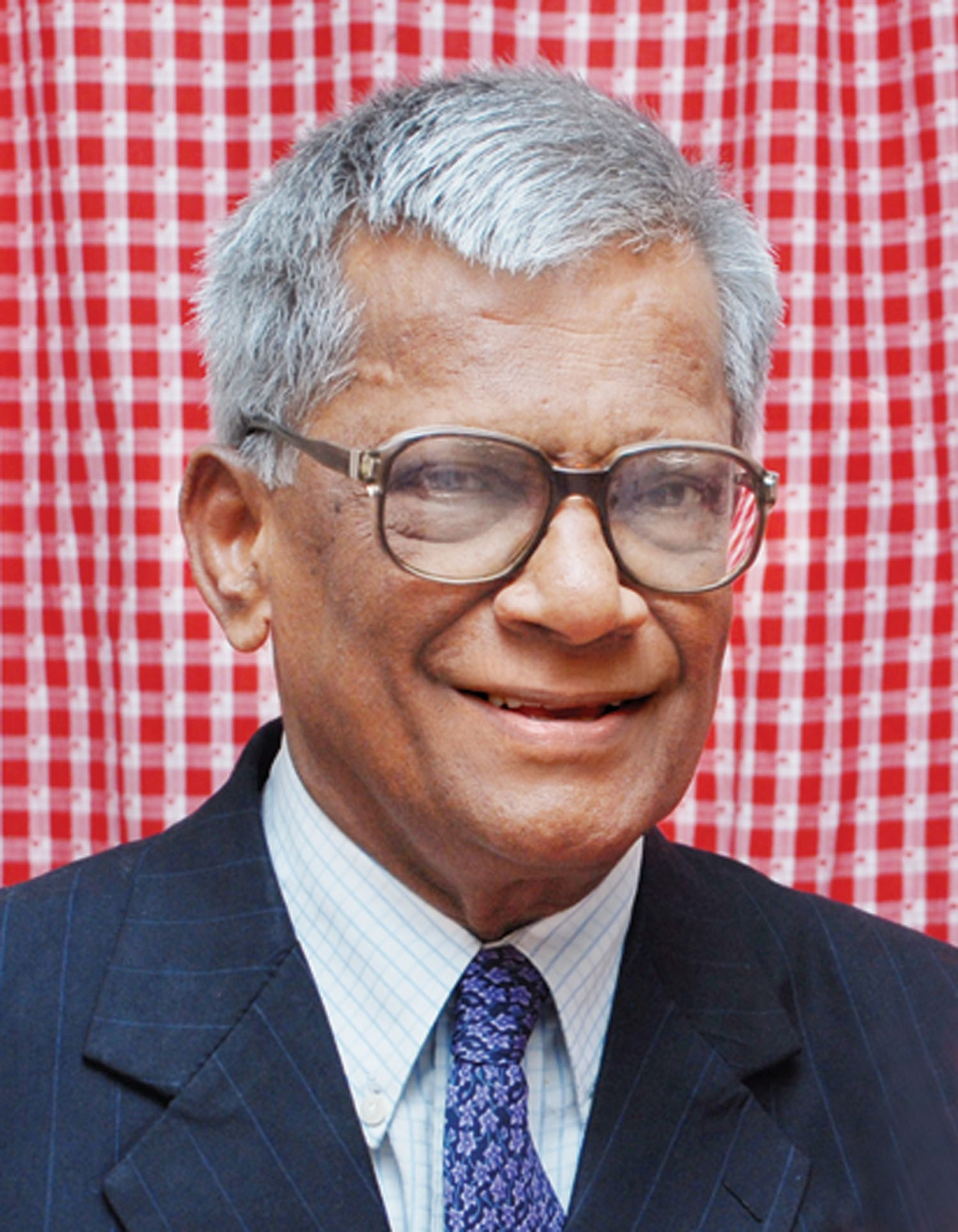Introduction
I
would like to introduce myself and share my journey to pursue the “American
Dream.”
My
name is Ramesh Chamala. I was born in a small vibrant village in South Central
India. I attended one of the finest missionary schools in Hyderabad and
completed my undergraduate education in India. I was an average student academically
but played sports like Badminton at the State and the National level.
Family
I
come from a family of five with humble beginnings. My parents, sister and
brother live in India.
Mother
My mother was a dedicated housewife who raised us with immense love
and care.
My mother got up early in the morning every day and worked hard
for our family. She took complete responsibility of the family. Our
success in life is on account of her. We owe everything to my mother in
shaping our lives.
Father
My
father was renowned in the field of Public Relations and Journalism authored 35
books and is revered as the Father of Public Relations in India. His birthday
is celebrated as a “Public Relations Education Day” in India.
My
father lectured at several Universities in the US. In 2019, he lectured at the
University of Minnesota's Hubbard School of Journalism and Mass Communication.
Siblings
My
sister works as a director at a prestigious Bhavan’s educational institute, and
my brother is a successful businessman in Hyderabad.
My
Journey to the United States
At
the age of 28, I embarked on a journey to the United States— “The Land of
Opportunity”-to pursue higher education and achieve the “American Dream.” I am
the first one in my family to come to the United States.
Education
I
attended Texas A&M University where I earned my master’s degree. Moving
from India to Texas was a cultural shock, but it was a beautiful experience. I
had a bumper sticker back then that read: “I was not born here, but I got here
as fast as I could.”
I
served as the President of the International Students Organization at Texas
A&M University, representing students from 132 different countries.
Career
and Contributions
I
began my career as a Research Assistant at Texas A&M University, supporting
myself through college. I was fortunate to receive a merit scholarship that
enabled me to complete my graduate studies. After completing graduate school, I
joined Texas A&M University as a Visiting Instructor, teaching two
undergraduate classes.
I
have over 30 years of experience in Information Technology, in the areas of
GIS, database, data warehousing technologies and ERP systems. My IT experience
spans state agencies, universities, public and private companies. As an Adjunct
faculty member, I taught computer science classes at various institutions
across the country, including Texas A&M University, UC Riverside,
California, Hawaii Pacific University and several community colleges.
I
became a U.S citizen in 1998 while living and working in Virginia.
Since
2006, as a Principal Database Engineer, I have been managing database
operations and critical payroll, and financial systems for United Natural Foods
Inc. My contributions were recognized with an IT excellence award from UNFI.
Conclusion
Many
immigrants come to America, the Land of Opportunity to live the American Dream.
1. Sundar Pichai: The CEO of
Google,
2. Satya Nadella: The CEO of
Microsoft, and
3. Indra Nooyi: The former CEO
of PepsiCo
is
just a small sample of the many notable Indian immigrants who have made
significant contributions to American society.
My
journey, like many immigrants highlights the pursuit of the American Dream through
hard work and determination.
From
the lakes of Minnesota to the hills of Tennessee, across the plains of Texas,
from sea to shining sea, to the tallest mountains to the end of the world
“Ushuaia” where Antarctica, looms on the horizon, this has been an incredible journey,
and the best is yet to come.
Ramesh

